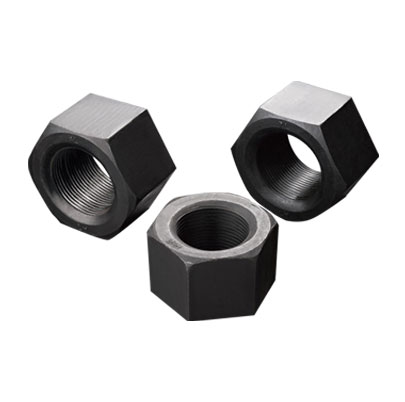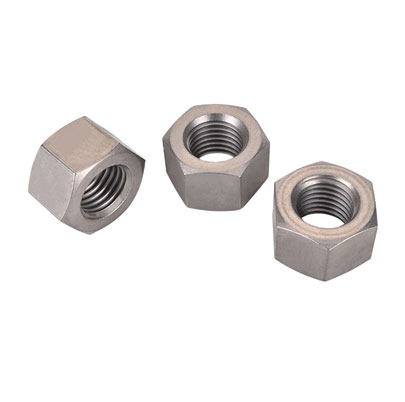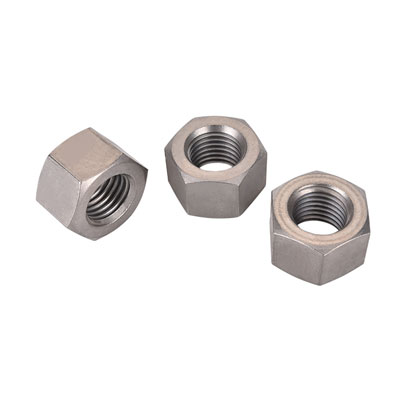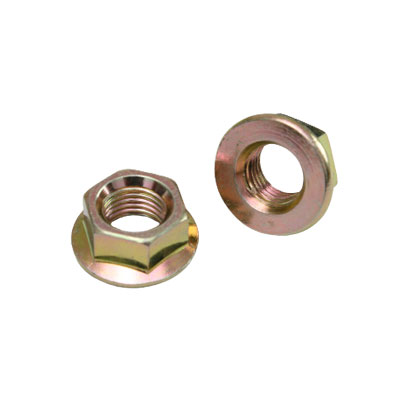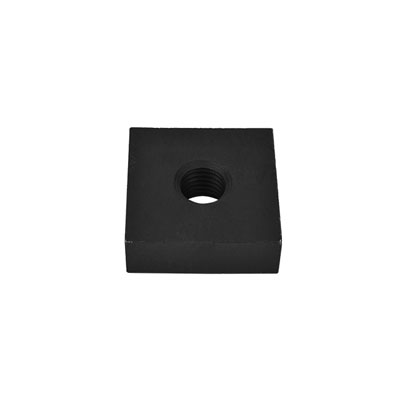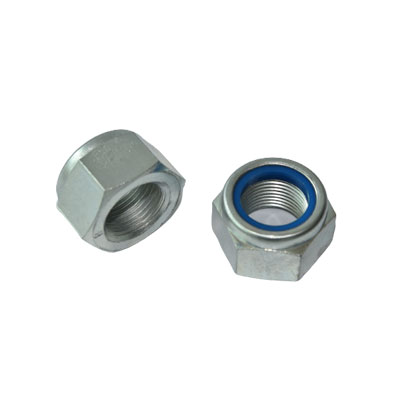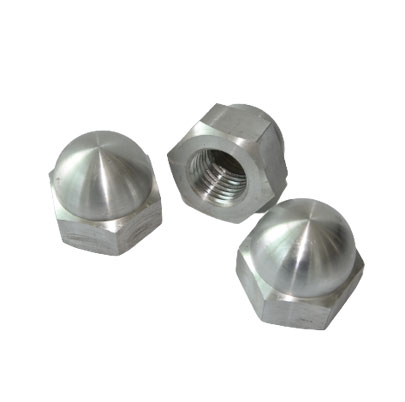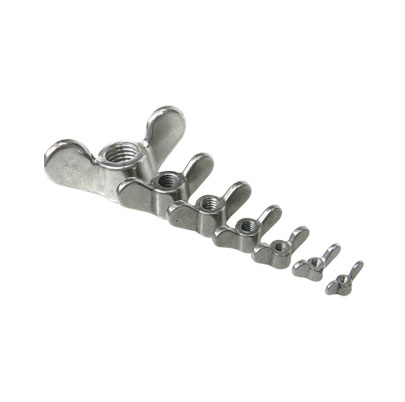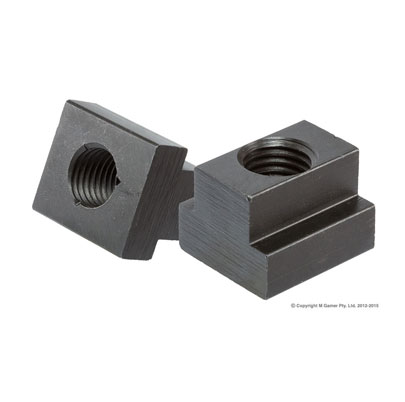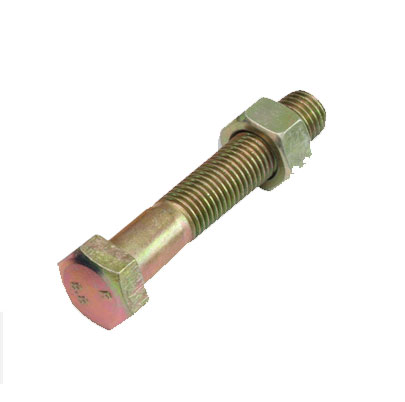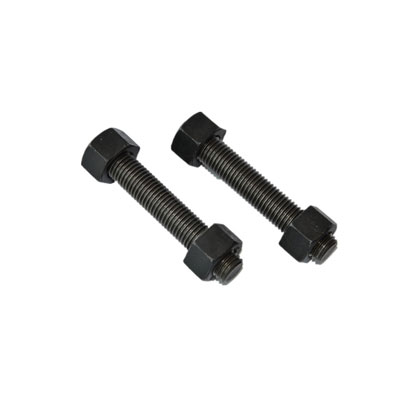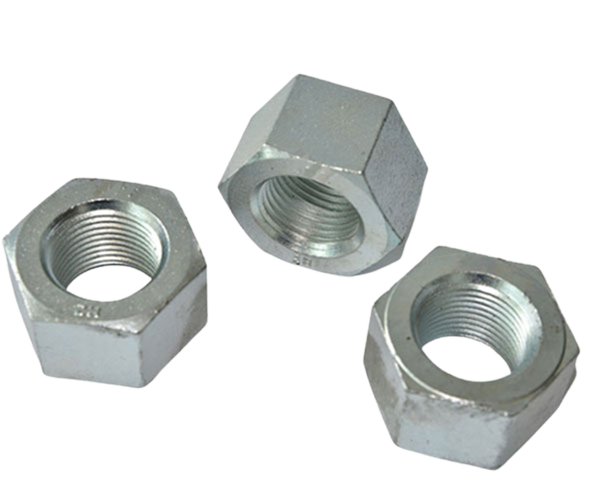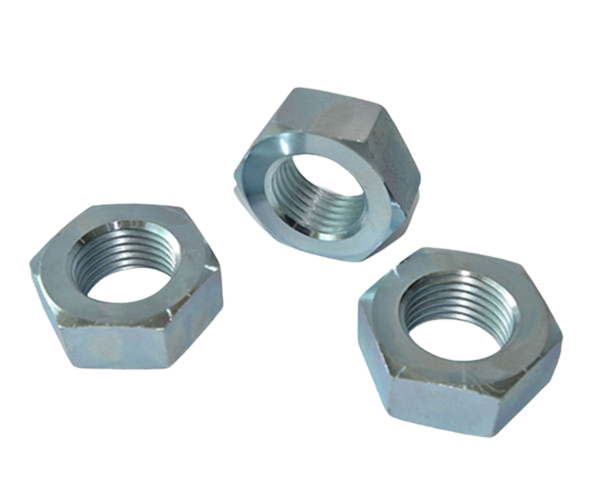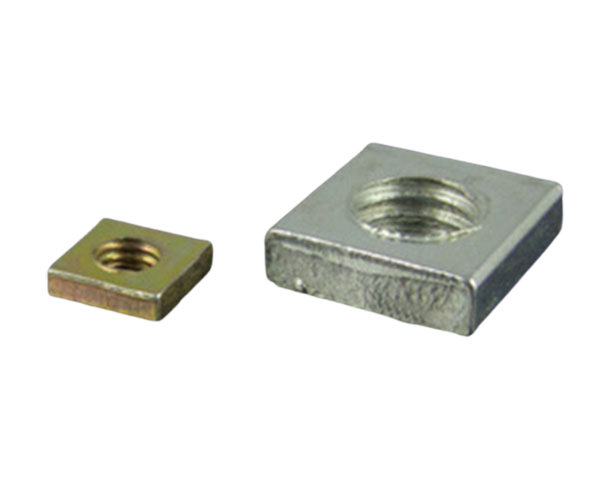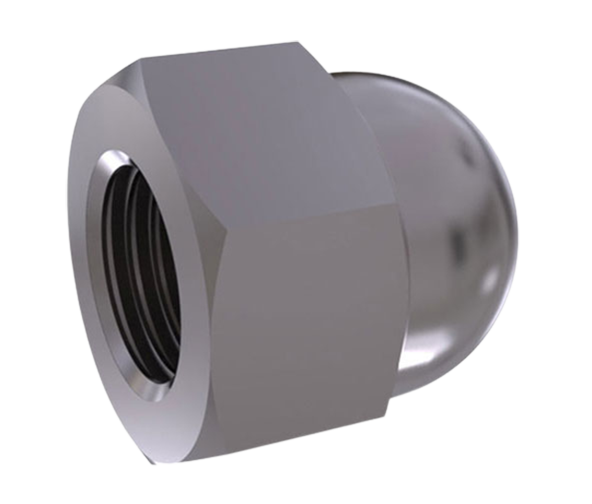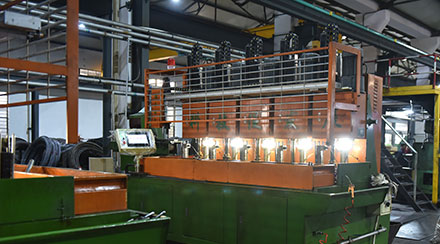When using fasteners, we naturally do not want them to fall off, so we choose to use locking nuts to prevent the occurrence of falling off. So where are the locking nuts generally used? Let's take a look with you below.
There are many places where locking nuts are used, most of which are precision equipment, such as machine tools, centrifuges, air conditioners, printing and other equipment, and even railways and nuclear industries. This is determined by the characteristics of the lock nut being easy to install and not easy to loosen, and it has a long service life and is widely used in precision mechanisms. The lock nut market is constantly changing, and there are many manufacturers that provide production, so everyone must find a reliable one, and you can check it out first. The lock nut is easy to install and only needs to be tightened with a wrench to the rated torque until the lock screw is blocked.
1. The seismic performance of ordinary nuts and locking nuts is different
Ordinary nuts: poorer than locking nuts. Lock nut: better anti-vibration performance. When the thread is tightened, the top thread of the bolt is tightened into the 30° wedge slope of the nut, and the normal force applied to the wedge slope is 60° angle to the bolt axis, 60° angle instead of 30° angle. Therefore, the normal force of the loose nut is much larger than that of the ordinary standard nut, and it has strong anti-loose and anti-vibration capabilities.
2. The wear resistance and shear resistance of ordinary nuts and locking nuts are different
Ordinary nuts: poor wear resistance and shear resistance. Lock nut: strong wear resistance and shear resistance. The 30° inclination of the bottom of the nut thread allows the nut locking force to be evenly distributed on the threads of all teeth. Because the compressive force on the thread surface of each tooth is evenly distributed, the nut can better solve the problems of thread wear and shear deformation.
3. The reuse of ordinary nuts and locking nuts is different
Normal nut: low recycling rate. Lock Nut: High reuse rate. Extensive use shows that after the loose nut is repeatedly tightened and disassembled, the locking force is still not reduced, and the original locking can be maintained.
The high quality of the locking nuts and bolts is mainly reflected in the manufacturing process, detailed processing, application and many other aspects of the lock screw nut. To achieve a very practical effect of fasteners, it is very important to test the design level of the lock nut designer and master the engineering experience and proficiency. We can judge the product quality of the lock screw nut manufacturer by the products developed and produced by the lock nut manufacturer and the engineering cases undertaken by the manufacturer.
The low error rate of the lock nut is mainly reflected in the advantages and disadvantages of the production equipment of the lock nut manufacturer, the level of production technology and the installation accuracy. The quality of production equipment directly affects the accuracy of each part of the lock nut, and also indirectly affects the stability of the lock nut after assembly. As for installation, the installation error rate of each part of the lock nut including the guide rail is small and the error rate is low, which is a hidden detail in the installation process of the lock nut product.
 English
English
